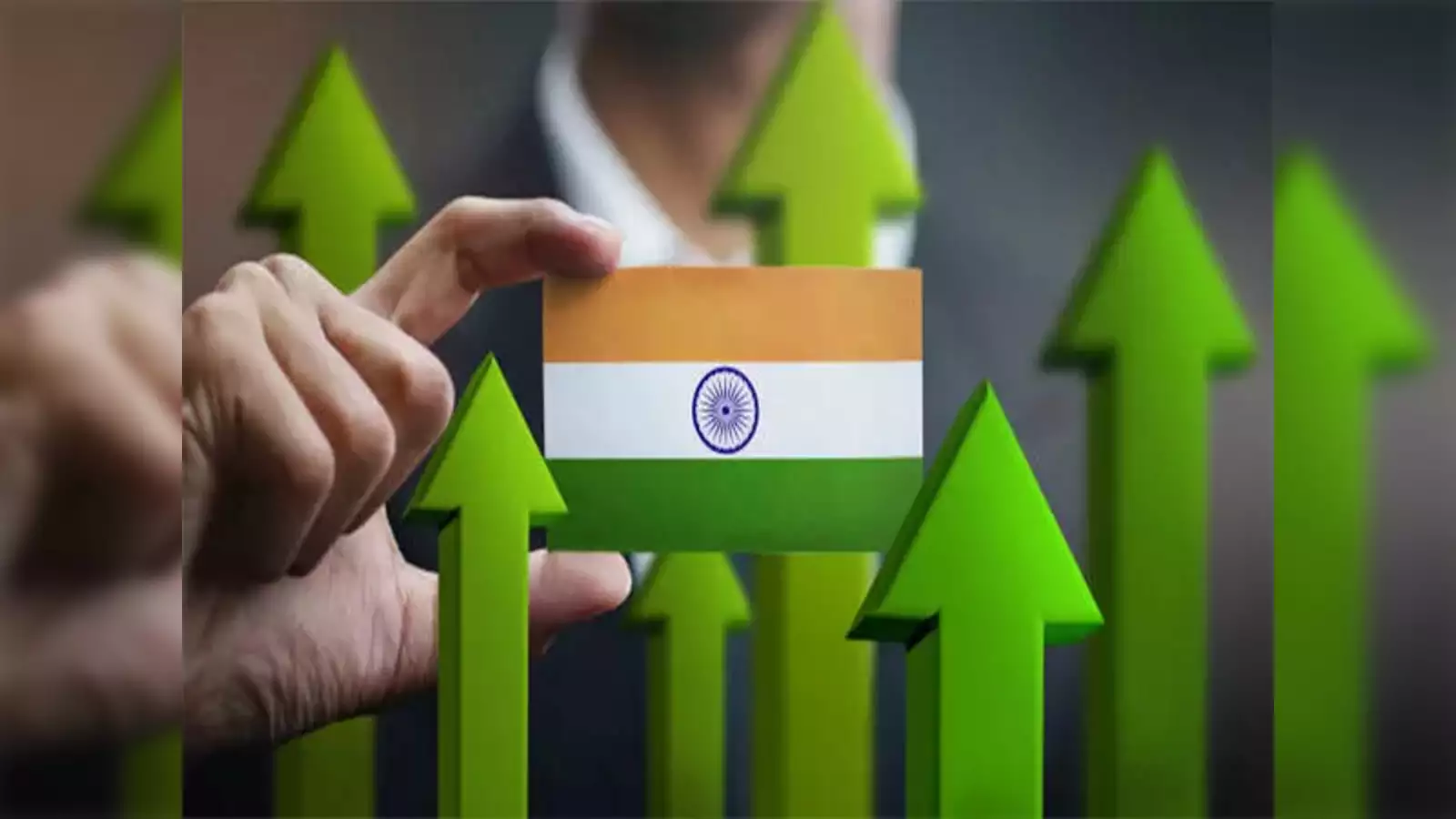📌 Introduction
In a major global development, the United States has imposed 26% tariffs on several imported goods, including products from India. These new trade restrictions are expected to slow India’s GDP growth in the financial year 2025–26, and may influence key policy decisions by the Reserve Bank of India (RBI).
Here’s a quick breakdown of what’s happening, why it matters, and how it could affect the Indian economy and you as a citizen.
🌍 Why Did the U.S. Impose Tariffs?
The U.S. government has taken a protectionist stance by increasing tariffs on imports from multiple countries to:
Protect domestic industries
Reduce trade deficits
Respond to rising global inflation
Boost American manufacturing
India, being a key exporter of steel, chemicals, electronics, and textiles, is one of the countries affected by these tariffs.
📊 How Will It Affect India’s Economy?
According to economists and reports from Reuters, the U.S. tariffs are likely to reduce India’s GDP growth by 20 to 40 basis points in FY2025–26. That may sound small, but it has significant ripple effects:
💥 Key Economic Impacts:
Export Slowdown: Higher U.S. tariffs make Indian products more expensive, reducing demand from the American market.
Manufacturing Hit: Sectors like textiles, electronics, and auto parts will feel the pinch.
Employment Impact: Export-oriented industries may reduce hiring or even lay off workers.
Rupee Volatility: A trade imbalance could weaken the Indian rupee against the dollar.
🏦 RBI May Respond with Rate Cuts
To boost domestic growth and shield the economy from external shocks, experts suggest that the Reserve Bank of India may opt for interest rate cuts. This would:
Encourage borrowing and investment
Lower EMIs on home, car, and personal loans
Boost consumer spending
However, this will depend on inflation levels and global financial trends.
📉 Sector-Wise Impact
| Sector | Impact |
|---|---|
| Textiles | Drop in U.S. orders due to higher import costs |
| Pharma | Could remain stable (essential goods) |
| IT Services | Minimal direct impact, but may face overall slowdown |
| Automobile Components | Export decline to U.S. carmakers |
| Metals & Chemicals | One of the most affected due to high tariff hikes |
📈 What Can the Government Do?
The Indian government may consider:
Negotiating trade relief or exemptions with the U.S.
Offering subsidies or support to affected industries
Expanding exports to alternative markets like Europe, Africa, or the Middle East
Boosting domestic demand through reforms and incentives
🗣 What Experts Say
“The tariffs will add to the drag on external demand for Indian goods. If sustained, they could lead to a revision in the RBI's policy stance.”
— Senior Economist, Reuters
📌 Conclusion
The new U.S. tariffs pose a significant challenge to India’s export-heavy sectors, potentially leading to slower GDP growth and new monetary policies. As global trade relationships shift, India must adapt quickly, strengthen internal demand, and explore new trade partnerships.













